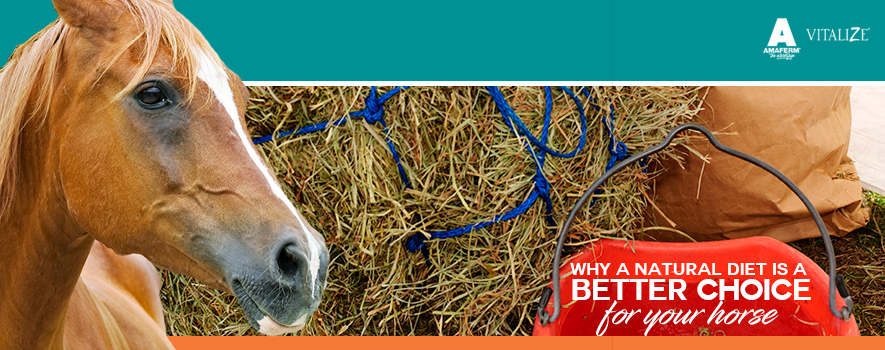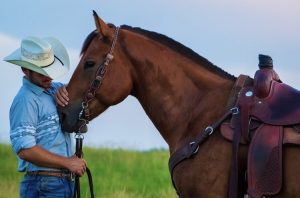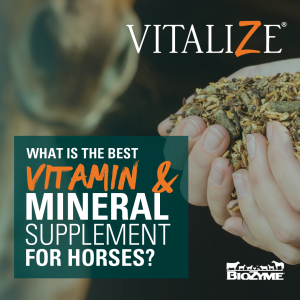Every horse is naturally equipped with a unique personality. Some horses are lean, mean athletes thriving off of intense exercise and competition. Others are content, easy-keepers living out their days making our pastures prettier. However, most fall somewhere in between. In any case, one thing all horses have in common is a specifically designed digestive tract with a whole list of complications that could quickly take them off their destined path. As care takers of our animals, it’s important that we understand what’s going on inside of them so they can have optimal health, and we in turn, reap the rewards of them being able to be their best at whatever they do best – rodeo, jump, race, rope or neigh and nuzzle.
Horses have a very long split up digestive tract with specific duties. After being chewed and swallowed, food travels down the esophagus and into the stomach. Because horses are designed to eat many small meals, food moves rather quickly from the stomach into the small intestine. It is here that any grains and sugars that the horse consumes are broken down by bacteria and absorbed into the walls of the small intestine. Any food not yet absorbed, mostly fiber, will then move into a piece of the large intestine known as the cecum. At this point, fibrous plant material undergoes a more lengthy, complex digestion process known as fermentation. Fungi living in the gut attach to the plant material and break through the hemicellulose lignin bonds to expose the inner nutrient dense material to bacteria. Because the majority of a horse’s energy comes from this fermentation process, cecum health is very important to remember when choosing the diet for a horse.
Digestive upsets can be both devastating and heart wrenching for horse owners as they watch animals they love in pain and often times their training and goals being compromised. Getting the horse on a healthy diet can prevent these painful moments. Problems occur when horses are exposed to unnatural circumstances like, grain-based diets, big meals once or twice a day, and stressful situations like excessive hauling or new environments. All of these things take the digestive system out of its natural rhythm, thus creating it less efficient process and weaker and more susceptible to illness.
A common problem with high grain diets is laminitis. This occurs when grains and sugars are pushed too quickly through the system and pass through the small intestine without being digested. Once in the hindgut, the fermentation of these simple carbohydrates results in the production of lactate, or lactic acid. Increased lactic acid production lowers the pH of the cecum and releases endotoxins into the bloodstream. These endotoxins trigger a reaction that causes decreased circulation, resulting in the symptoms shown in lameness and laminitis.
The prevention and treatment methods are similar. First, getting the horse on the most natural (fiber-based) diet possible creates an opportunity for the equine digestive system to do what it does best, turn fiber into energy, with less of the potentially harmful production of lactic acid. This isn’t always an available option; sometimes a horse needs the extra energy from grain for exercise or maintenance. In this case, it is best to boost the small intestine’s efficiency by stimulating bacteria to work harder and reproduce faster and to stimulate the bacteria in the hindgut that can utilize the lactic acid produced, thereby stabilizing the gut pH.
Both of these can be achieved by using probiotics and prebiotics. Probiotics add live bacteria to the gut, while prebiotics feed and stimulate the bacteria already living in the digestive tract. Using a prebiotic, like Amaferm, stimulates a healthier, more efficient digestive system, which is the foundation for successful, happy horses.


